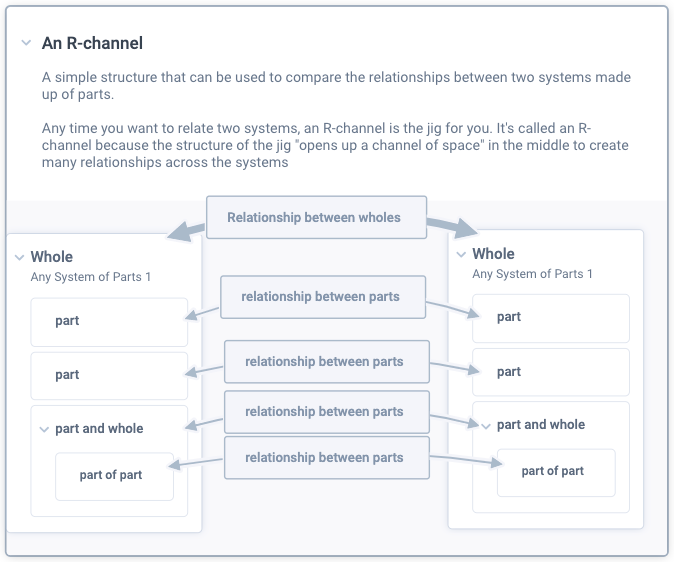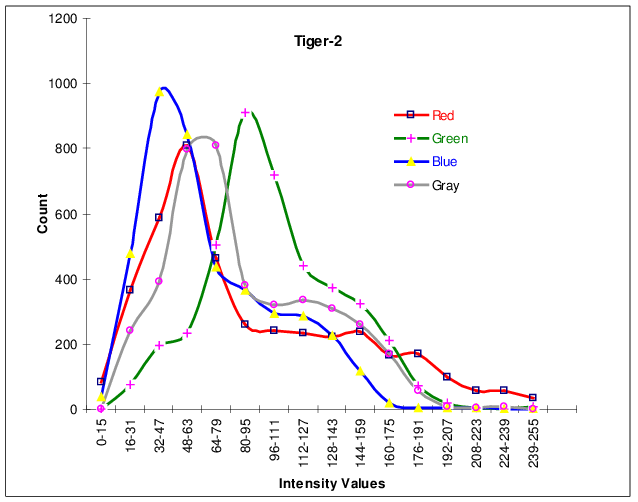Jig: R-Channel
 Derek & Laura Cabrera
·
1 minute read
Derek & Laura Cabrera
·
1 minute read
Excerpt from the book: Systems Thinking Made Simple, Chapter 5
This blog is part of a set of blogs under thetag "cognitive jigs."Be sure to check out the tag to read them as a group and learn how cognitive jigs are at play in our everyday lives.
Next we will discuss a subtype of RDS Barbells called R-Channels. Figure 5.35 shows that often the ideas being related also have parts.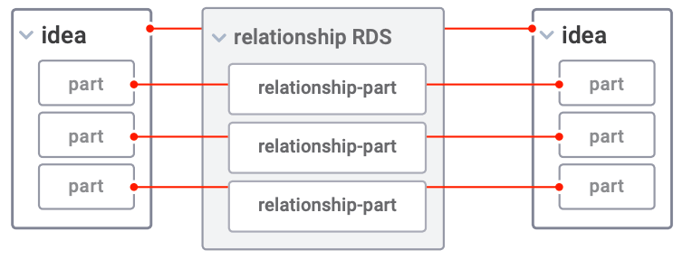
Figure 5.35: RDS Barbell Between 2 Systems
An R-Channel (Relationship-Channel) is a jig that opens up a channel between two systems made up of parts so that we can relate not merely two ideas or things, but all of their parts. So it uses the jig in Figure 5.35 and left and right justifies the parts so that a channel is formed for relationships between them. For example, we might relate the parts of a specific medical treatment with the parts of its outcomes. Figure 5.36 shows an R-Channel. The red lines show the "channel" that is caused by justifying the parts left and right, thereby making a space between them in which to draw relationships.
Figure 5.36 illustrates the power of combining jigs because it shows an R-Channel with Barbell Relationships between parts.
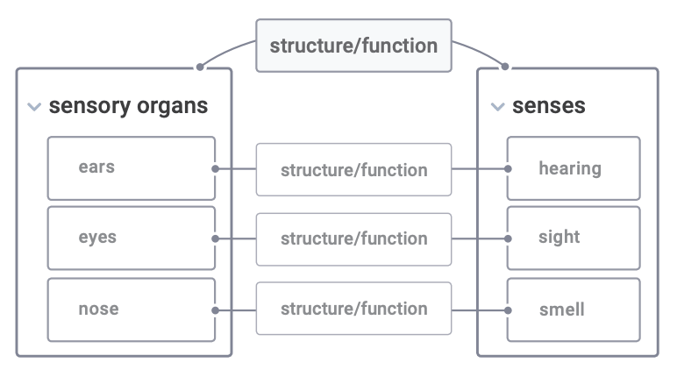
Figure 5.36: Part-to-Part RD Barbells: Example 1
Figure 5.36 shows us that the relationships between all the parts (x1, x2, and x3) are all in turn part of the larger relationship (x). On fat paper we have to imagine this, but in Plectica software we can do this by adding distinctions to each relational line and then dragging those onto the relationship in the original Barbell. The content examples provided include a prior learning assessment (PLA) student matching their life experience and competencies to the required courses in order to get a degree and the 5 senses and sensory organs.
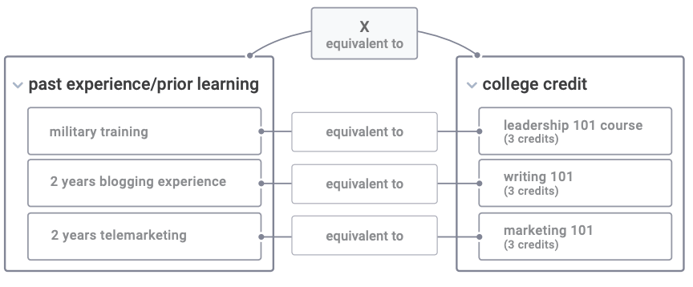
Figure 5.37: Part-to-Part RD Barbells: Example 2
Want to play with some interactive resources? Check out these Jig Maps:
.png?width=150&height=150&name=CRL%20GOAT%20Logo%20(4).png)

